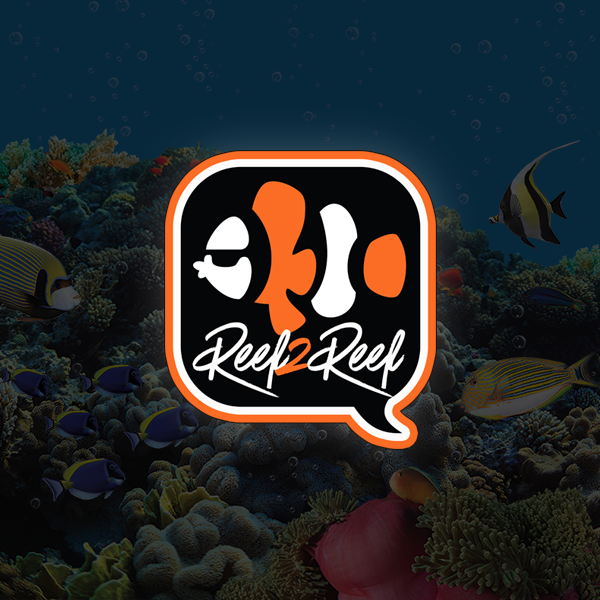I have a recirculating CO2 scrubber on my skimmer, and never considered O2 levels - is this something to be concerned about? Is there a way to add oxygen, short of an oxygen tank, or another way to raise pH? Also, is there an inexpensive way to measure oxygen content in the water? The tank is pretty closed up, with glass lids in the winter. I tried outdoor air, but there is no good way to plumb it in, and pollen season makes the skimmer overflow.
Could hydrogen peroxide help?
Could hydrogen peroxide help?

















